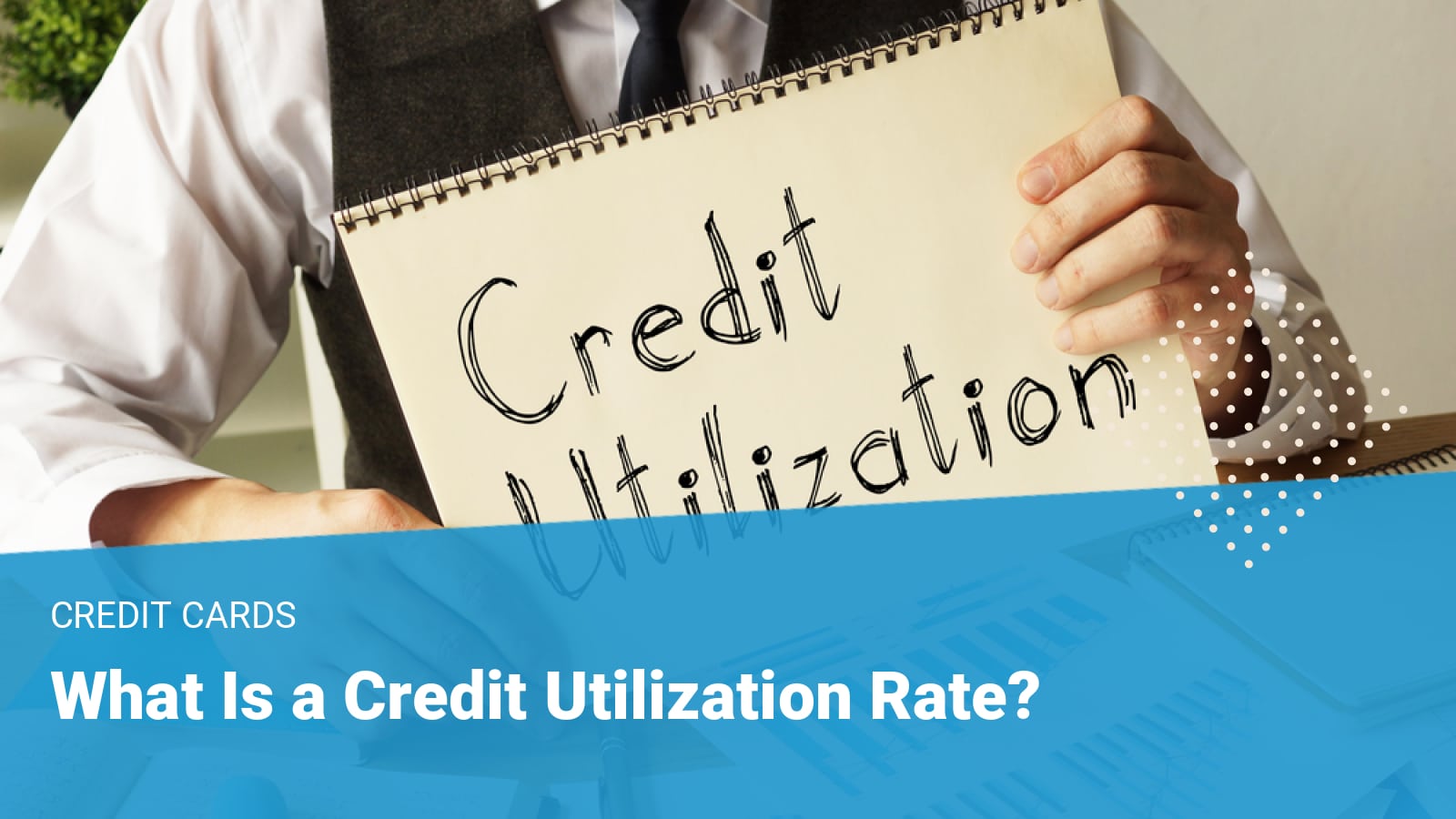Credit utilization is an important concept that is often overlooked when it comes to credit health.
It is a measure of how much new credit you are using, compared to the total amount of credit available to you.
In this wiki, we will explore what credit utilization is, why it is important, how to calculate your credit utilization percentage, and how to maintain a healthy credit utilization ratio.
Definition of Credit Utilization
Credit utilization is the ratio of your credit card balances to your credit limits.
It is expressed as a percentage and can be calculated by dividing your total credit card balances by your total credit card limits.
Example: If you have two credit cards with a combined limit of $10,000 and you owe $3,000 on one card and $2,000 on the other, your total revolving credit balances are $5,000, putting your credit utilization ratio at 50%.
Understanding Good and Bad Credit Utilization
A good credit utilization ratio is typically considered to be 30% or less. Anything above 30% can have a negative impact on your credit score.
For example, if your credit utilization ratio is 50%, it could be an indication that you are overextended and may have trouble making payments on time.
Why Credit Utilization Matters
Credit utilization is an important factor in determining your credit score. In fact, it makes up 30% of your FICO score, which is one of the most commonly used credit scores by lenders.
This means that a high credit utilization ratio can have a significant impact on your credit score, potentially making it more difficult to get approved for loans or credit cards in the future.
In addition to affecting your credit score, credit utilization can also impact how lenders view you as a borrower.
If you have a high credit utilization ratio, lenders may view you as a higher-risk borrower, which could result in higher interest rates or fees.
Tips to Maintain a Healthy Credit Utilization Ratio
There are several things you can do to maintain a healthy credit utilization ratio:
- Pay your bills on time: Late payments can negatively impact your credit score and increase your credit utilization ratio.
- Keep your credit card balances low: Try to keep your credit card balances below 30% of your credit limit. If you can, pay your balances in full each month to avoid accruing interest.
- Avoid opening too many credit accounts: Opening too many credit accounts can lead to a high credit utilization ratio, especially if you do not use all of the available credit.
- Avoid closing credit cards: Closing a credit card account can actually increase your credit utilization ratio if you have balances on other cards. This is because it reduces your total available credit, which can make your current balances a higher percentage of your overall credit limit.
- Use multiple credit cards: If you have multiple credit cards, consider spreading out your balances across them to lower your credit utilization ratio on each card. However, be sure to make at least the minimum payment on each card every month.
- Increase your credit limit: Another way to lower your credit utilization ratio is to increase your credit limit. This can be done by contacting your credit card issuer and asking for a credit limit increase. However, be aware that this may result in a hard inquiry on your credit report, which can temporarily lower your credit score.
Common Misconceptions About Credit Utilization
There are several common misconceptions about credit utilization that are important to address:
Only credit card balances are considered in your credit utilization.
This is not true. Any revolving credit accounts, such as lines of credit, are included in your credit utilization ratio.
A zero balance on a credit card means zero credit utilization.
This is also not true. Your credit limit is still considered in your credit utilization ratio, even if you do not have a balance on the card.
Paying off credit card balances each month is enough.
While paying off your balances can help you avoid interest charges and late fees, it may not necessarily help you maintain a low credit utilization ratio.
Using a significant portion of your available credit each month could still result in a high ratio.
Conclusion
Credit utilization is an important factor in determining your credit score and how lenders view you as a borrower.
Maintaining a healthy credit utilization ratio can help you improve your credit score and increase your chances of getting approved for loans or credit cards.
By paying your bills on time, keeping your credit card balances low, and avoiding too many credit accounts, you can keep your credit utilization ratio intact.


